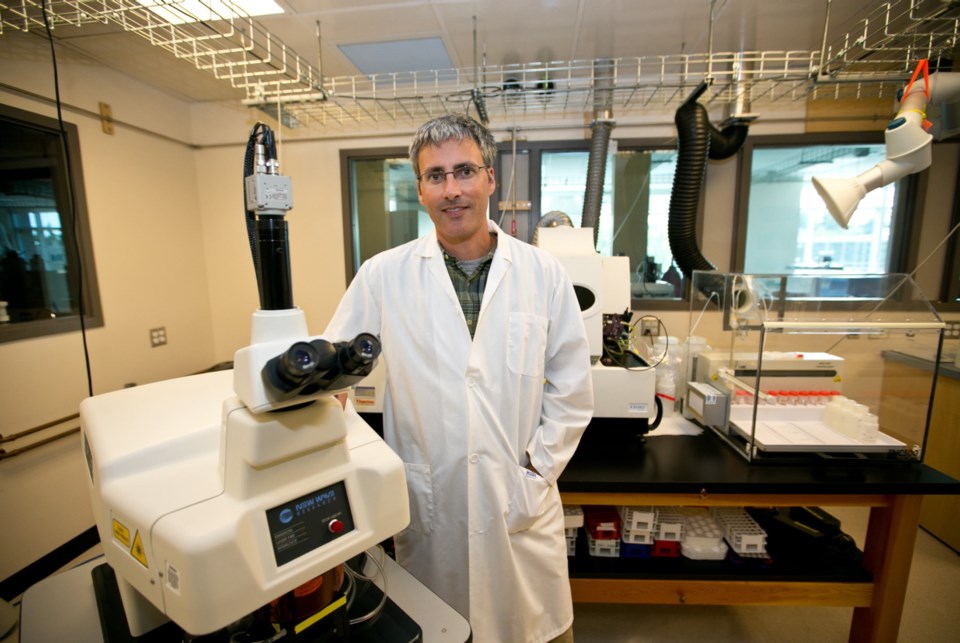A network of citizen scientists along the B.C. coast is being recruited to help researchers measure the potential risk of low-level radiation arriving from Japan after the tsunami and Fukushima-Daiichi nuclear disaster in 2011.
University of Victoria chemical oceanographer Jay Cullen is leading a $630,000 project to test water and seafood over the next three years.
“I think any time the public can get information that they need in order to make the best decisions that they can with respect to their health, for example, we’re all better off,” he said.
“When people have information … they’re in a more powerful position and they can make better decisions for themselves and their families.”
The radioactive plume began arriving in June 2013 at levels that pose no risk to human health. The highest concentrations, however, are expected to arrive over the next few years.
“The models tell us when and roughly how much we can expect, but the only way we can validate those models and determine what level of risk is associated with our communities along the coast is to actually make these measurements,” Cullen said in an interview.
The InFORM Network, which stands for Integrated Fukushima Ocean Radionuclide Monitoring, expands on a more modest effort by Fisheries and Oceans Canada to measure radioactivity in the northeast Pacific Ocean and the Arctic.
The project will increase the time and space over which the measurements are made and get that information out to the public as quickly as possible, Cullen said.
One part of the project will involve researchers conducting offshore measurements to study how the Pacific Ocean is circulating.
A second phase will recruit and train citizen scientists to collect water and seafood samples, record information and ship materials to laboratories for analysis. The results will be posted online and released at community town hall meetings along the coast.
Project leaders plan to recruit volunteers at 10 to 15 sampling sites by working with non-governmental organizations such as the Clayoquot Biosphere Trust, the Georgia Strait Alliance, the Raincoast Education Society, the Living Oceans Society and the David Suzuki Foundation.
“They’ve been really great, because they already communicate directly with the public,” Cullen said. “We’re asking the public who are interested in participating in the project to get in touch with NGOs, and that’s going to help us to identify communities where we’ll go and train these groups.”
Erica Frank, a professor in the school of population and public health at the University of B.C., said there is widespread interest in the issue because so many people eat salmon and other seafood.
She said the governments in Canada and the United States missed an opportunity to reassure their citizens about the minimal risks to their health. “Instead, they’ve kept people quaking because they haven’t made a public commitment to ongoing monitoring.”
She hopes the government continues monitoring, but she said that if the government won’t do it directly, researchers and citizen scientists will do it through this grant.
Cullen said the network could have an impact on disaster responses. “Making these connections between scientists and health professionals and the public, I think that’s going to be a powerful example of how, as a country, we’re going to be able to respond better in the future to threats to the oceans’ health and, potentially, public health.”
The first samples have been collected in the open ocean aboard the Canadian Coast Guard icebreaker Sir Wilfrid Laurier, which left Victoria in July.
The samples have been sent to a lab, and researchers hope to publish results in the next couple of months.
The InFORM Network includes researchers from Health Canada, the University of Ottawa, the University of B.C., Fisheries and Oceans Canada and the Woods Hole Oceanographic Institution in Massachusetts.
Funding is being provided by the Marine Environmental Observation Prediction and Response Network.



